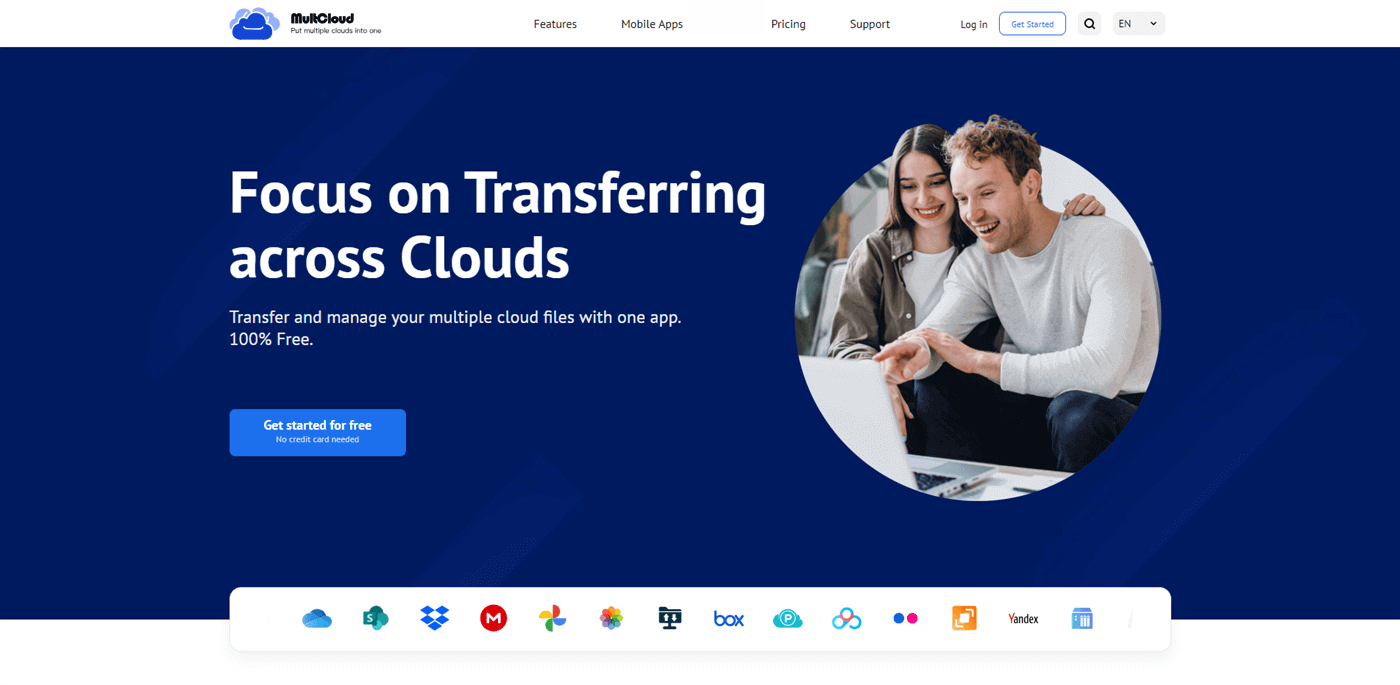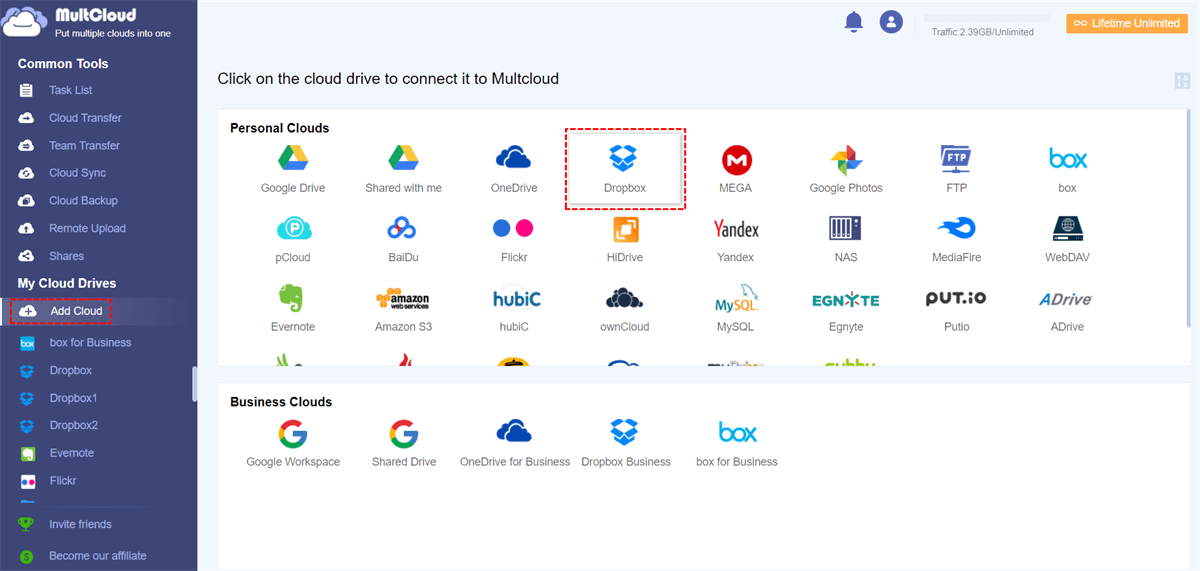Quick Search:
Preface
Dropbox has emerged as one of the most popular cloud storage solutions, offering users the convenience of accessing their files from anywhere. With its user-friendly interface and seamless synchronization across devices, it has become an indispensable tool for individuals and businesses alike. However, like any storage service, Dropbox comes with limitations, and one common problem users face is running out of space.
Before we delve into the methods of freeing up space, it's essential to understand how Dropbox allocates storage to its users. Dropbox offers different storage plans, and the amount of space you get depends on the plan you choose. Additionally, certain activities, such as referrals and promotions, can earn you extra storage.
The files and folders you store on Dropbox consume the allocated space. However, not all files are equal in size, and understanding their impact on storage usage can help you manage your space more efficiently.
Info before Learning How to Freeing Up Dropbox Space
Before learning how to free up space on your Dropbox, it's crucial to assess your current storage usage. Dropbox provides a straightforward way to check how much space you are using and how much is available. Simply log in to your account, click on your profile picture, and navigate to "Settings" Under the "Plan" tab, you will find a breakdown of your space usage.
Additionally, identifying large files and folders that are taking up significant space is essential. Dropbox allows you to sort files by size, making it easier to identify space-hogging elements. Once you've identified these files, you can decide whether to delete, archive, or move them to another location.
How to Free Up Space on Dropbox on Computer/Mac
In this section, we are going to introduce several easy and simple solutions to clear your Dropbox storage space. After reading, you can try the method that suits you most.
Way 1: Use MultCloud to Delete Files
Regularly review your Dropbox contents and delete files that are no longer required. However, exercise caution while deleting, as some files may be essential or linked to other files. Always double-check before permanently deleting files to avoid unintended consequences.
One effective way to delete Dropbox files is to utilize MultCloud, a powerful cloud management tool. It enables users to manage multiple cloud storage accounts from a single platform, simplifying the process of transferring files between different services.
To get started with MultCloud, sign up for an account and add your Dropbox and other cloud storage accounts. It supports various popular cloud storage providers like Google Drive, OneDrive, and more. Once your accounts are connected, you can easily delete unnecessary files on Dropbox, effectively freeing up space on your Dropbox space.
Step 1: Create an account on MultCloud.
Step 2: Tap Add Cloud on the left taskbar. Then hit the icon of Dropbox to add your Dropbox credentials.
Step 3: Navigate to Dropbox, select the data you want to remove, then delete it.
If how to free up space on mac using Dropbox, you can also use this service to remove the Dropbox data you don’t need anymore.
Way 2: Archive Old Files
As time goes on, your Dropbox account accumulates various files that may no longer be actively used but are worth keeping for reference or historical purposes. Archiving these old files can help reduce clutter and free up valuable space.
Create a dedicated folder within your Dropbox account for archiving purposes. Move files that are no longer frequently accessed into this folder. This way, you can keep your main Dropbox folders organized and optimized for everyday use while having quick access to archived files when needed.
Way 3: Optimize Media and Photos
Media files, such as images and videos, often take up a significant portion of the Dropbox storage. To free up space without compromising the quality of your media collection, consider optimizing these files.
One way to do this is by using compression techniques. There are various online tools available that can compress images and videos without compromising their visual integrity significantly. Additionally, consider reducing the resolution of images and videos to a level that meets your needs without wasting space on high-resolution versions.
Way 4: Selective Sync
Dropbox offers a handy feature called Selective Sync, which allows users to choose specific folders to sync to their devices. By default, Dropbox syncs all files and folders to your local storage, which can be problematic if you have limited space on your device.
With Selective Sync, you can pick and choose the folders you want to sync locally. Files in the un-synced folders will remain on your Dropbox account in the cloud, saving valuable space on your device.
Way 5: Regularly Empty Trash
When you delete files on Dropbox, they don't get permanently removed immediately. Instead, they are moved to the "Trash" folder, where they continue to occupy space. To free up this space, make it a habit to regularly empty the trash folder.
Dropbox retains deleted files in the trash for 30 days, so it's a good idea to set a reminder to empty the trash every few weeks or months, depending on your usage patterns.
How to Backup Dropbox Files to Another Cloud
If you are worried about deleting important files, you can make a backup before removing the data. You can backup Dropbox to another cloud or an external hard drive based on your situation. There are many smart and reliable cloud providers on the market, such as Google Drive, OneDrive, iCloud Drive, etc. You can utilize MultCloud to backup important Dropbox to another cloud easily.
Different from the download-and-upload method, MultCloud offers you a convenient way to back up data between cloud drives on the web without going through a manual way. You are allowed to make automatic backups, offline backups, and customized backups. These features can ease your backup process.
- Efficient. 10 threads of data transfer are provided on MultCloud, which accelerate paid users’ backup process. While free users can enjoy 2 threads of data transfer.
- Secure. MultCloud is equipped with a leading encryption technology, and it won’t record your information.
- Professional. As mentioned before, MultCloud offers various kinds of backups, including customized, automated as well as offline backups, which help to accomplish the target easily.
On top of backing up data across cloud drives, it also allows you to transfer and sync data across cloud drives seamlessly and effortlessly. For instance, you can transfer S3 bucket to another account without a troublesome process.
Conclusion
Running out of space on Dropbox can be a frustrating experience, especially when you rely on it for seamless access to your files. However, with the right strategies, you can easily free up space without compromising on data integrity or accessibility.
How to free up space on Dropbox? By using tools like MultCloud to delete unnecessary ones, archiving old files, optimizing media, and utilizing features like Selective Sync. Also, when you want to backup Dropbox to an external hard drive or cloud, MultCloud can be helpful.
MultCloud Supports Clouds
-
Google Drive
-
Google Workspace
-
OneDrive
-
OneDrive for Business
-
SharePoint
-
Dropbox
-
Dropbox Business
-
MEGA
-
Google Photos
-
iCloud Photos
-
FTP
-
box
-
box for Business
-
pCloud
-
Baidu
-
Flickr
-
HiDrive
-
Yandex
-
NAS
-
WebDAV
-
MediaFire
-
iCloud Drive
-
WEB.DE
-
Evernote
-
Amazon S3
-
Wasabi
-
ownCloud
-
MySQL
-
Egnyte
-
Putio
-
ADrive
-
SugarSync
-
Backblaze
-
CloudMe
-
MyDrive
-
Cubby



